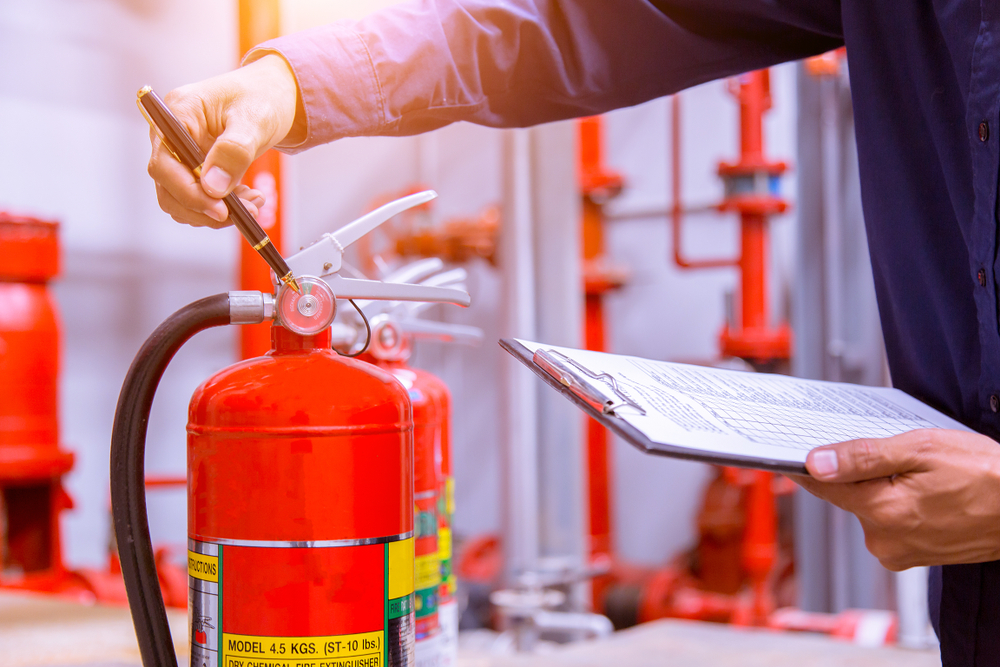Keeping your home and office – especially physical work areas – safe from potential hazards and accidents should be a priority for everyone. While it may seem like a daunting task, there are simple steps you can take. With a few changes, you can make sure that your home and office remain safe and secure.
- Keep things tidy
Clutter is one of the most prevalent safety hazards in the home or office. Especially when emergencies arise, dealing with a lot of stuff in the way compounds the safety risks. Further, clutter has the nasty habit of hiding cords and other trip/slip hazards. Keeping things tidy also makes safety vigilance more effective and easier. - Don’t procrastinate
It is easy to ignore broken light fixtures; burnt out bulbs; windows, doors and locks that don’t work properly; cracked outlets; frayed wires; and so on. You are busy, but delaying on fixing hazards can come back and bite you. - Inspect regularly
Be sure to inspect any electrical outlets, appliances, and furniture to make sure they are not damaged or posing a danger. Check for exposed wires, loose screws, worn parts, and make sure all cords are properly connected. Additionally, you should inspect for any moisture issues and make sure all flooring is in good condition. - Be prepared for health challenges
Be sure to have first aid kits and fire extinguishers in a readily accessible, open place. Hidden in a cabinet somewhere is not a good idea, particularly in a panic situation. Red Cross training in first aid and CPR is affordable, often convenient and a very good protective measure for your family and co-workers. - Be aware of what’s going on
Being aware of human activity in your home or workplace is extremely important. Adults can be as irresponsible as kids in performing activities that endanger themselves and those around them. - Follow safety guidelines
Guidelines should include instructions for dealing with emergencies, such as unwanted intruders, fires, floods, power outages, gas leakages, and medical emergencies. Posting emergency numbers in one place can be invaluable. It has been discovered that people can even forget 911 in a panic state. - Keep emergency equipment in working order
Fire extinguishers have an inspection date printed on a label. Local fire inspectors often visit commercial buildings on an annual basis to make sure your extinguishers are current. Remember that smoke alarms, and carbon monoxide detectors are battery-powered. Infrequent use makes them easy to forget – just press the test button annually.
Please note that most of the tips above require awareness, training, and persistent observation. Your LACOSTA crew is familiar with all of the above tips giving you a safety team that is acutely aware of your building on a regular and even daily basis. Team up with your LACOSTA manager to make certain your building and most importantly the people are safe and secure.


